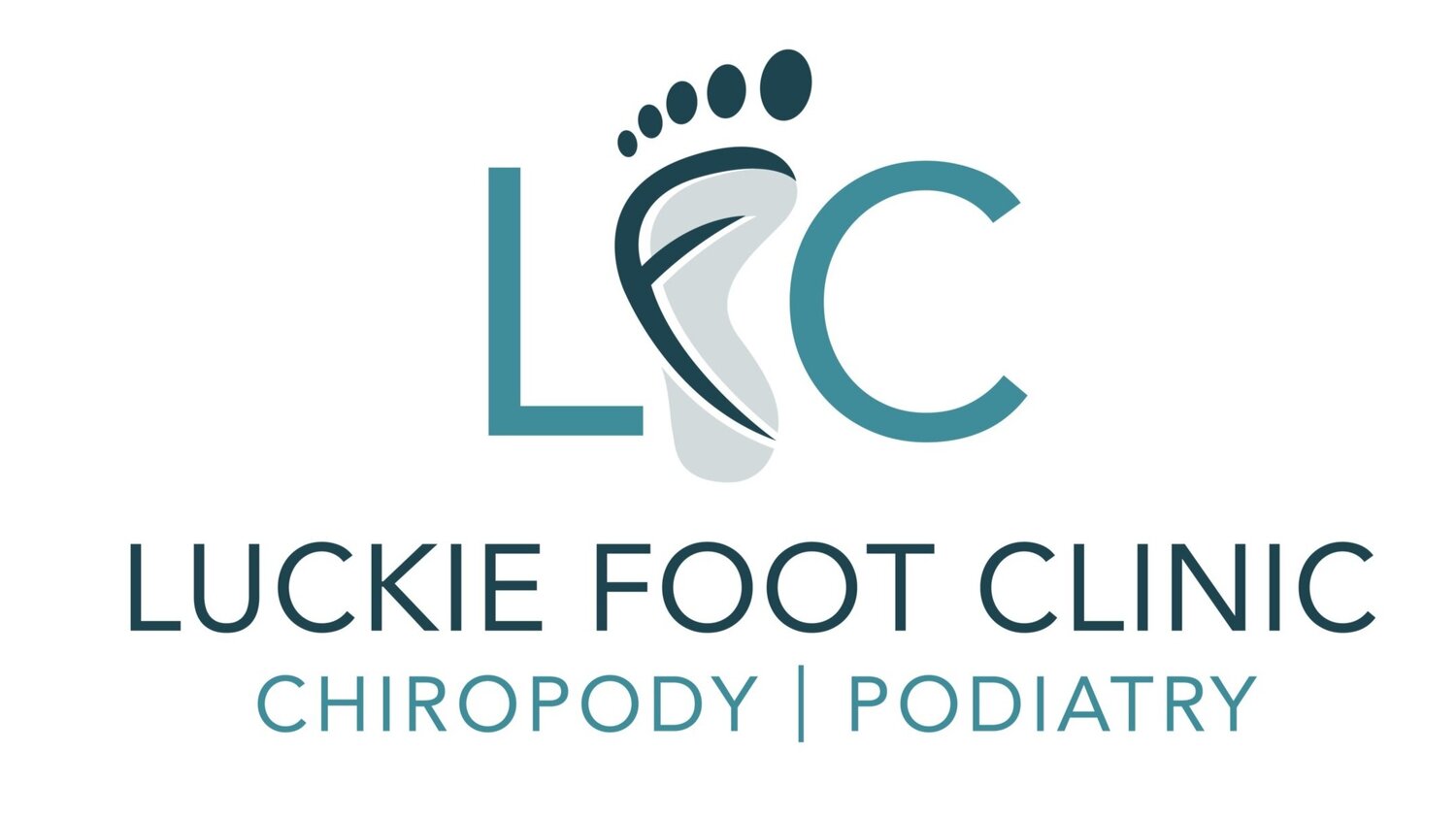Biomechanics assessments
A biomechanical assessment involves an examination of the lower limbs, looking at their structure, alignment, strengths and weaknesses. The examination focuses on the pelvis, legs, knees and feet. It is important to examine the lower limbs as a whole because they are closely connected and pain in one area can be due to a weakness or structural problem in another area. The foot is a complex structure of 28 different bones, 214 ligaments and 38 muscles, bearing our body weight as we walk every day. A biomechanical assessment is very beneficial if you are experiencing pain in your feet or lower limbs but no cause has been established through the usual avenues. A biomechanical assessment is the starting point for understanding the cause of your problem, what treatment is needed or whether further investigations are necessary.
What happens during a biomechanical assessment?
During the assessment we would look at your gait, walking and movement patterns, sometimes with the use of a treadmill depending on what you are doing when you experience the pain or discomfort. These assessments can often been undertaking for athletes to advise on footwear. There are many different types of recommended treatments following a biomechanical assessment, depending upon your results. For people who have good structural foot mechanics, the podiatrist will advise on the best footwear in order to reduce the risk of foot problems. Simple changes such as wearing trainers designed for your gait or wearing insoles can be very effective. If the podiatrist believes that your mechanics could be contributing to your injury or pain, insoles or custom-made orthotics will be prescribed. Patients are referred to a physiotherapist if they will benefit from exercises to improve muscle strength or flexibility. Referrals may also be made to an osteopath, sports doctor and rheumatologist. Patients may also be referred for imaging such as X-rays, MRI’s or CT-scans.
Orthotics
What are orthotics?
An ‘orthosis’ is a medical term which describes a device that supports, realigns or assists in the function of the musculo-skeletal system. In podiatry we use foot orthoses, or commonly known as orthotics. Therefore “foot orthoses” are designed to support, align or improve the function of the feet and lower limbs during gait.
Functional orthotics apply forces to the feet enabling the podiatrist to alter certain movements or off-load stress. Their prescription is based on biomechanical and anatomical assessments but may also involve a degree of lateral thinking by the podiatrist if you have complex problems.
Non-functional orthotics may be designed to improve skin and tissue viability or off-load painful pressure areas.
Book an appointment or call 01202 721417 to speak to a knowledgeable health care professional.

